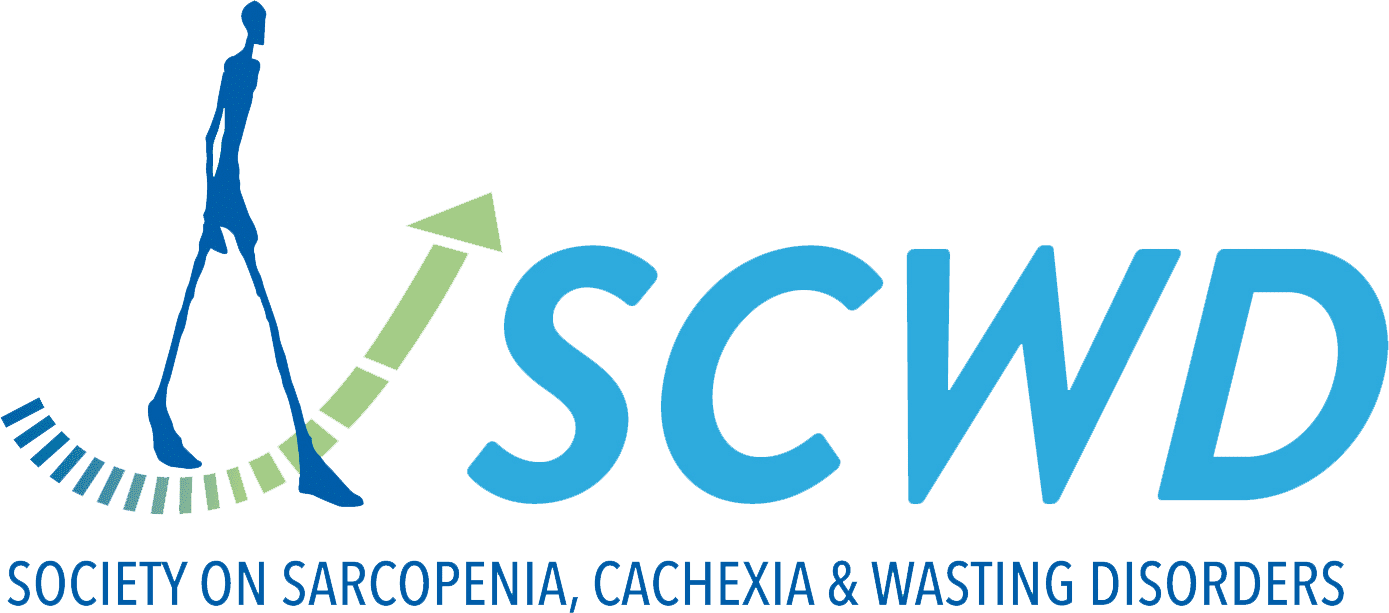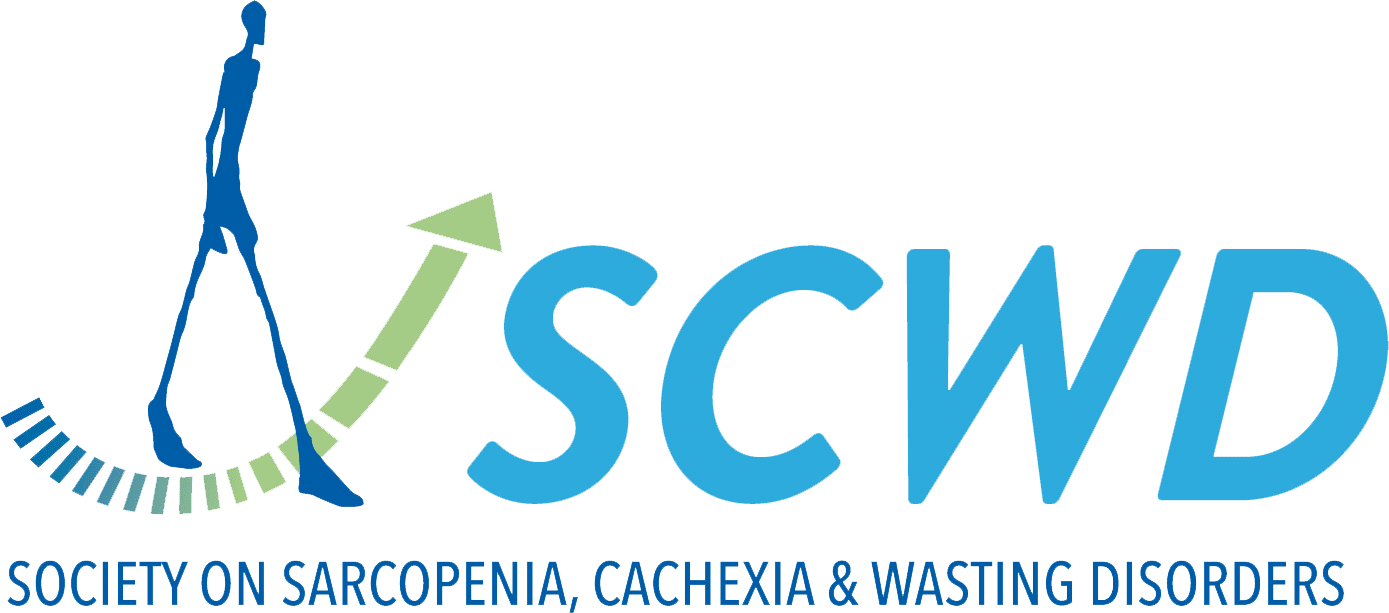Cachexia progression differs among mouse models of metastatic triple-negative breast cancer.
Cancer-associated cachexia decreases quality of life, reduces therapy response, and diminishes survival prospects. Effective cachexia countermeasures remain a significant unmet need.
Research into cancer cachexia has made extensive use of models of colon, lung and pancreatic cancers. However, while cachexia also affects people with metastatic breast cancer, the mechanisms underlying breast cancer-associated cachexia are relatively understudied.
Thus, we sought to investigate orthotopic mouse models of metastatic breast cancer for the progression of cachexia, with a focus on muscle wasting given its role in the frailty that is a hallmark of the condition. Female Balb/c mice received an intramammary fat pad injection of 4T1.2 or EMT6.5 cells, and NSG mice received MDA-MB-231-HM (231-HM) cells, to induce primary breast tumors that were subsequently excised.
The resultant metastatic burden after approximately 4 weeks led to variable loss of muscle mass (tibialis anterior: EMT6.5: -17.1%, 231-HM: -13.5%, 4T1.2: -9.5%) and fat mass (gonadal fat: EMT6.5: -75.1%, 231-HM: -62.5%, 4T1.2: -30.2%). Muscle protein synthesis markers were decreased in EMT6.5 tumor-bearing mice.
Distinct increases in the abundance of mRNA for E3-ubiquitin ligase and autophagy-related genes were observed between models. Neuromuscular junction perturbations were observed in EMT6.5 and 4T1.2 tumor-bearing mice.
Neutrophilia was noted in the muscles of EMT6.5 tumor-bearing mice. The findings show that muscle mass and function are reduced in mouse models of metastatic breast cancer.
Further study of these models could provide useful insights with which to better understand the diversity of cachexia progression across different cancer types.


